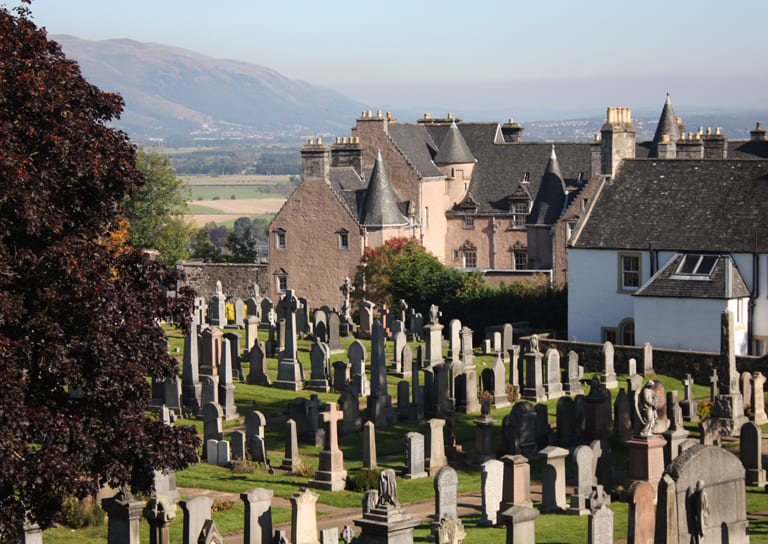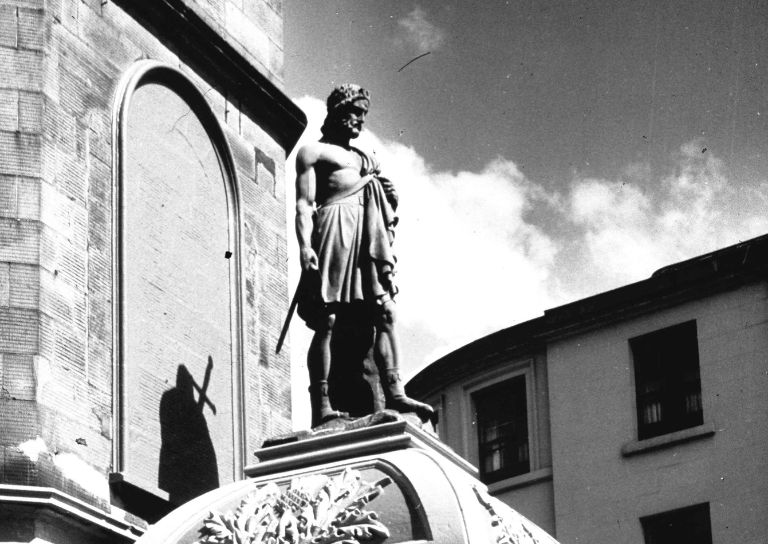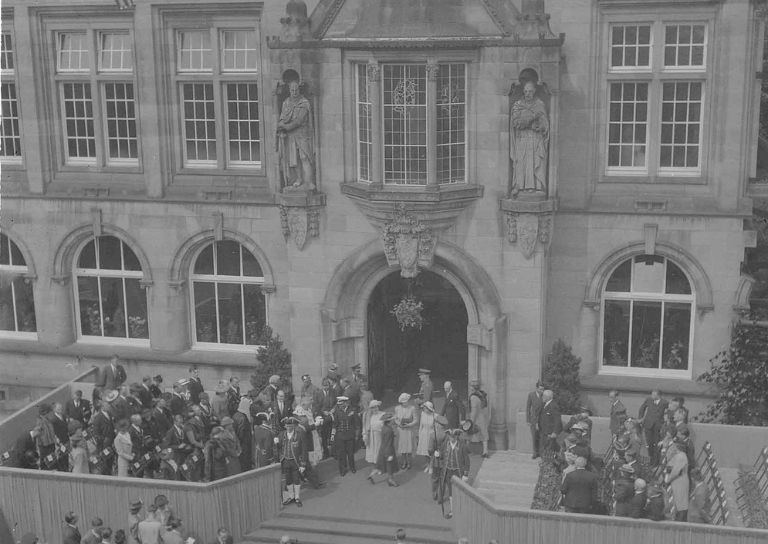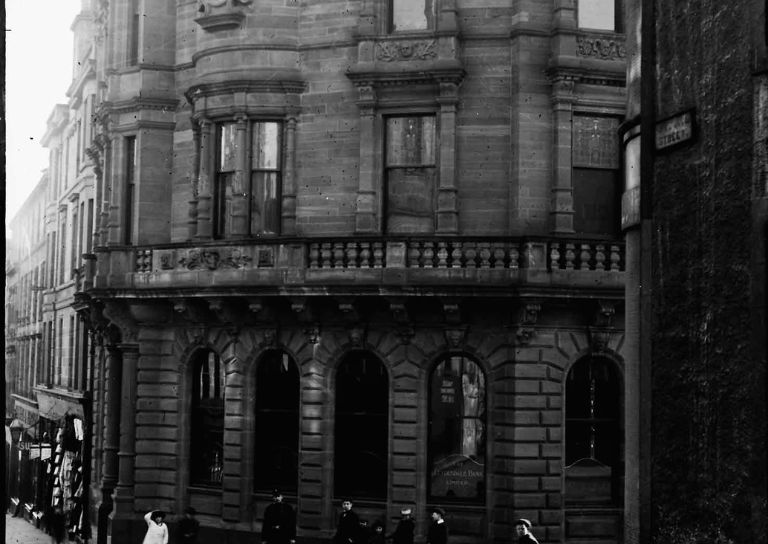- Home
- Our Work

- Stirling's Story

- Blog
- Beechwood House and the Transatlantic Slave Trade

- New Retrofit Service now available for Traditional Buildings Health Check Members

- Retrofitting Traditional Buildings: Chimneys

- SCHT 20: Championing Women in Construction
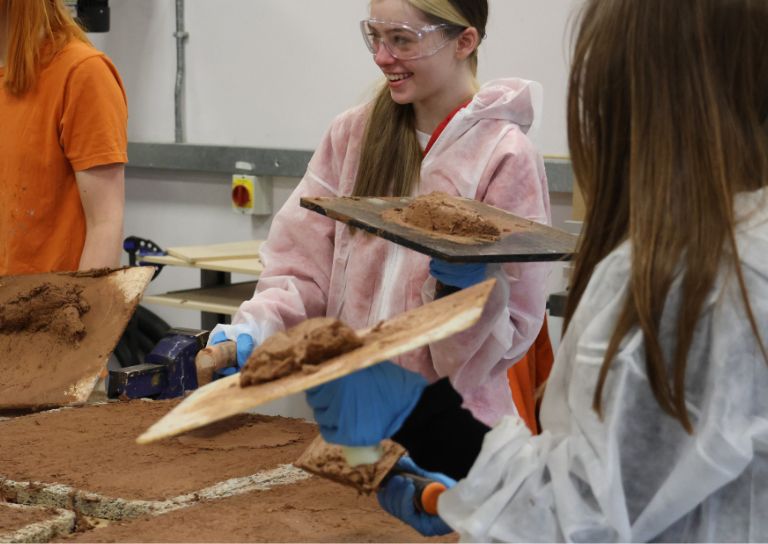
- Stirling's Lost Swimming Pools
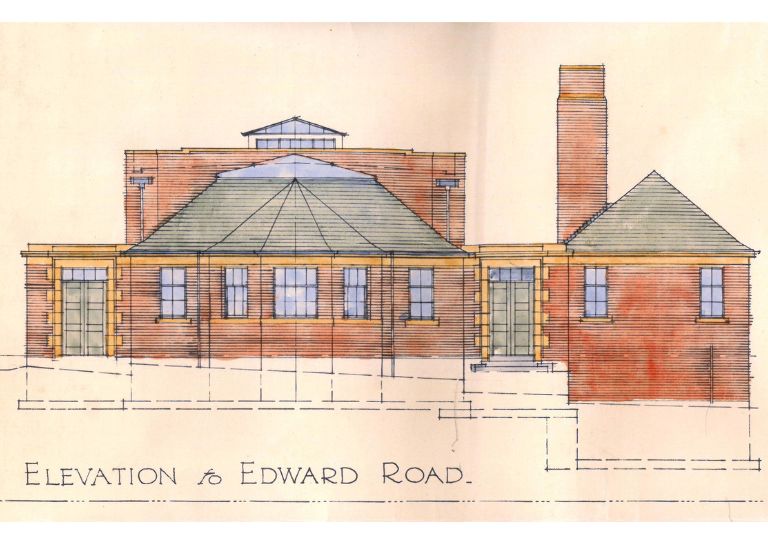
- Women in Construction at Bannockburn House
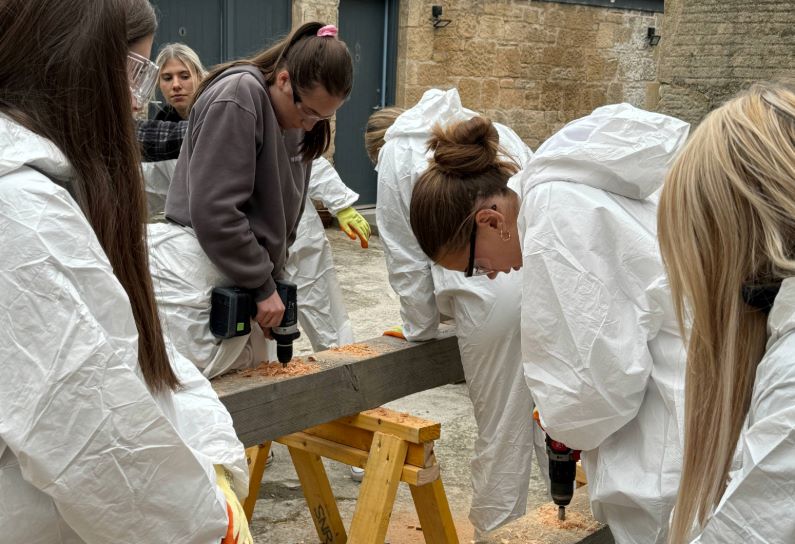
- Avenues to the Past: Stirling’s Historic Streets Exhibition

- Retrofitting Traditional Buildings

- Retrofitting Traditional Buildings: Windows

- Statement on Langgarth House

- Guest Blog: Dementia Friendly Heritage Interpretation

- SCHT Grant Conditions: Owners Associations
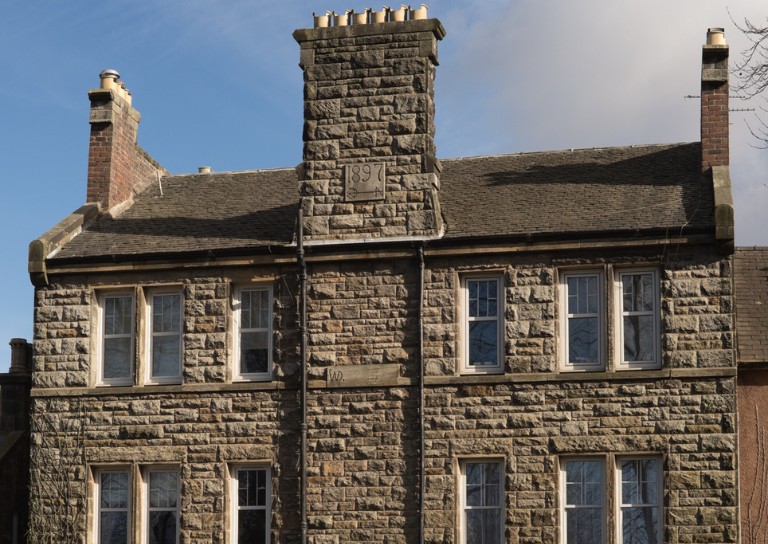
- Stirling Business Awards 2025

- What is a Conservation Area
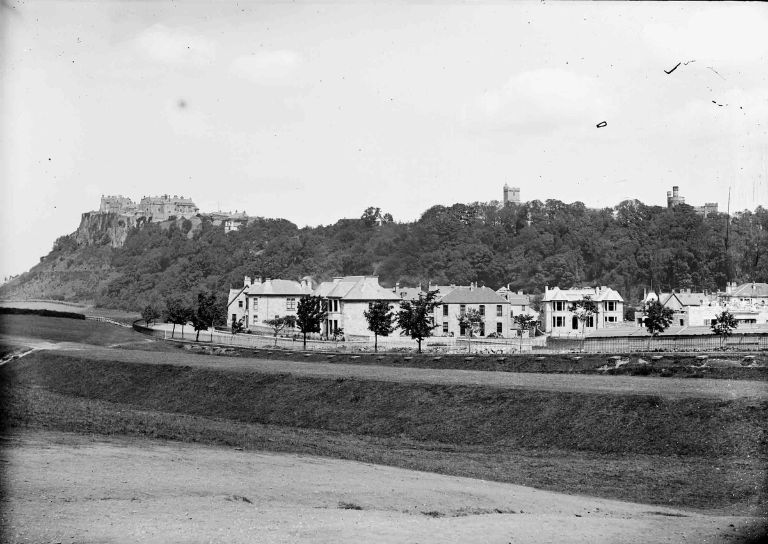
- 20 Great Buildings of Stirling

- Building Resilience: Maintaining Traditional Buildings

- Architects and The Thistle Property Trust

- World Heritage Day: Exploring Hayford Mill

- Community Consultation launched for Stirling’s Heritage Strategy
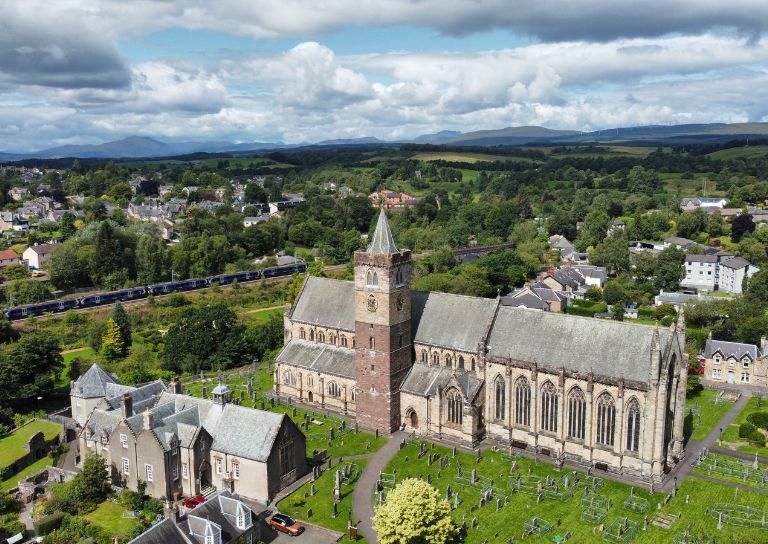
- SVE Inspire Awards September 2024

- Reminiscence Art Project
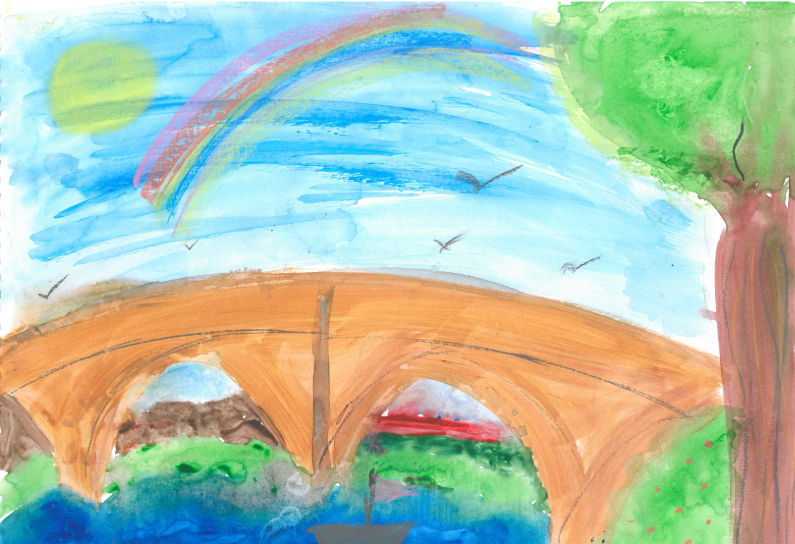
- On the European Stage: Preserving by Maintaining conference, Bratislava
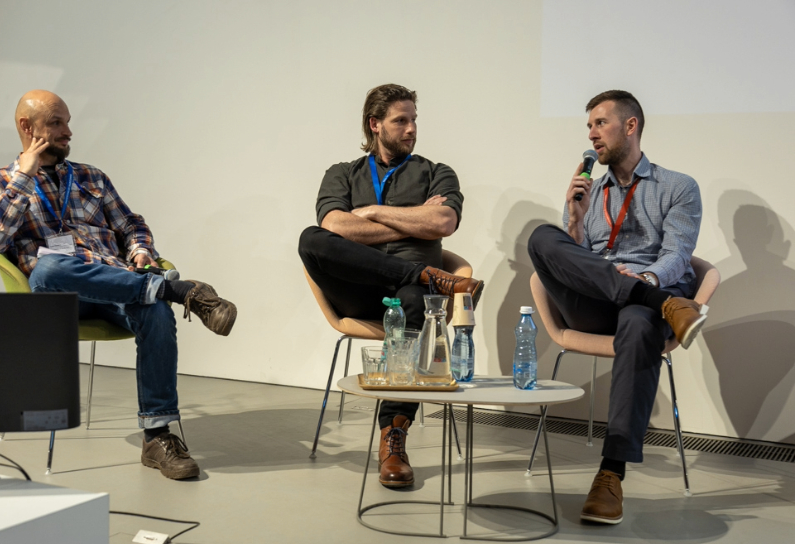
- The Abolition Movement in Stirling

- Shopping Arcades

- Retrofitting Traditional Buildings: Insulation

- Retrofitting Traditional Buildings: Climatic Adaptation
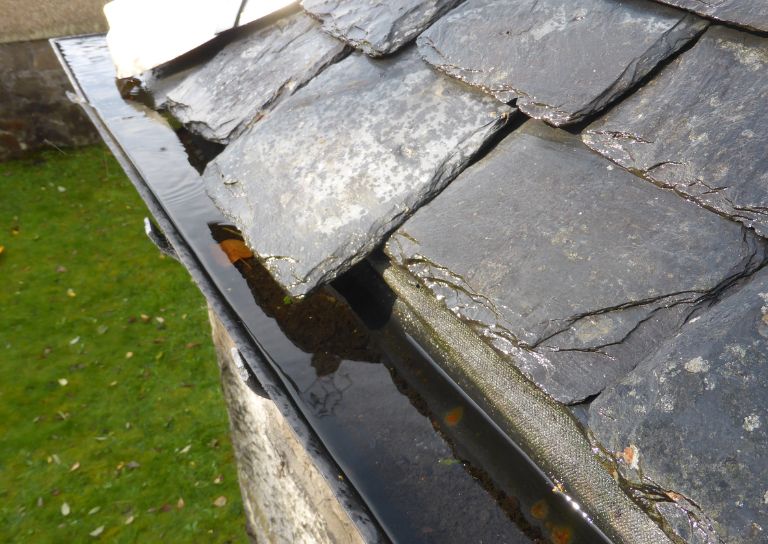
- Kings, Wolves and Drones: 20 years of care and repair at Stirling City Heritage Trust

- Practical Workshop on Retrofitting Insulation with A. Proctor Group

- Marking the 80th anniversary of VE Day
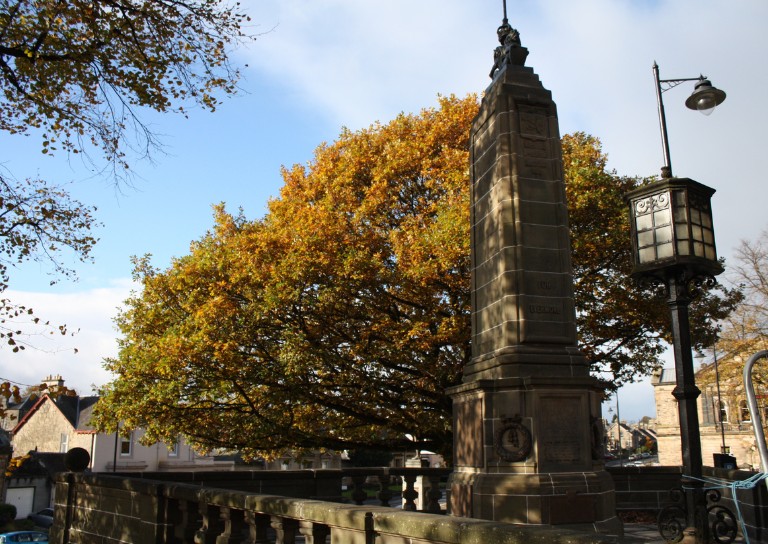
- Walker Family Visit

- Retrofitting Traditional Buildings: Fabric First

- Supporting traditional building repair in Stirling
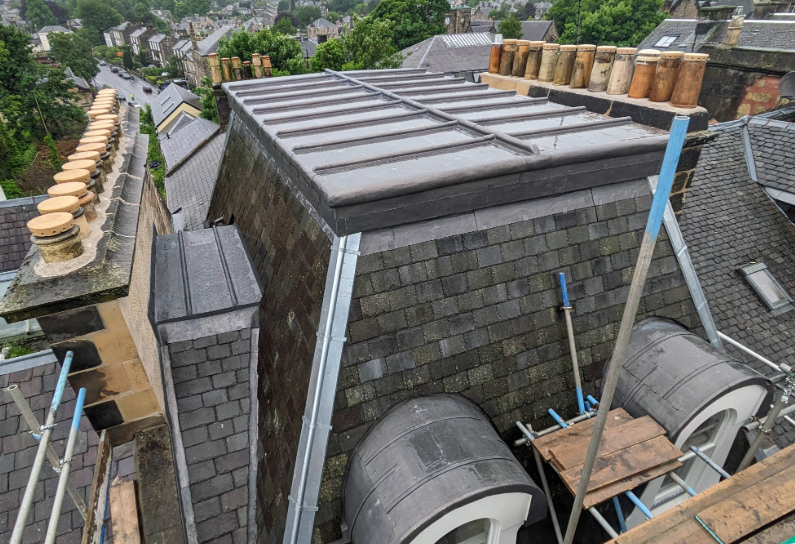
- Stirling's Historic Jails
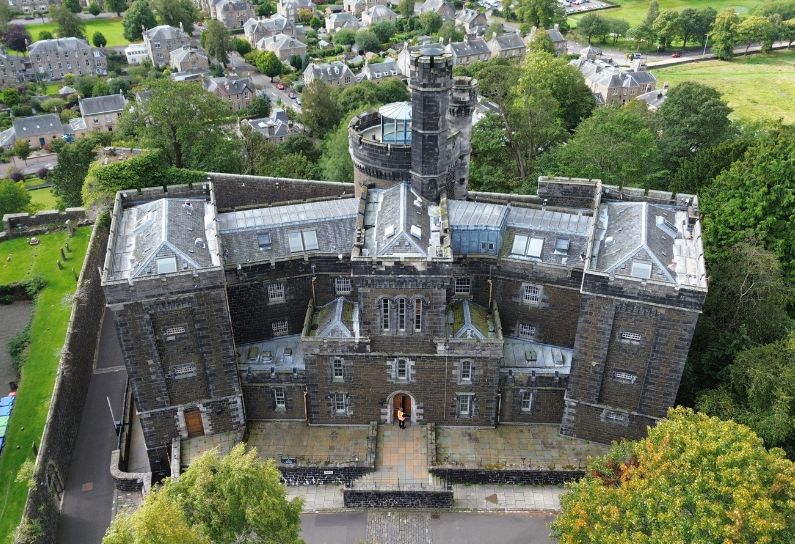
- Ghost Tales from Stirling

- Stirling Reminiscence Box

- Stirling City Heritage Trust at 20

- Retrofit Event: Meet the Suppliers

- Snowdon House and The West Indies

- Miss Curror and the Thistle Property Trust

- Dr Lindsay Lennie retires from Stirling City Heritage Trust
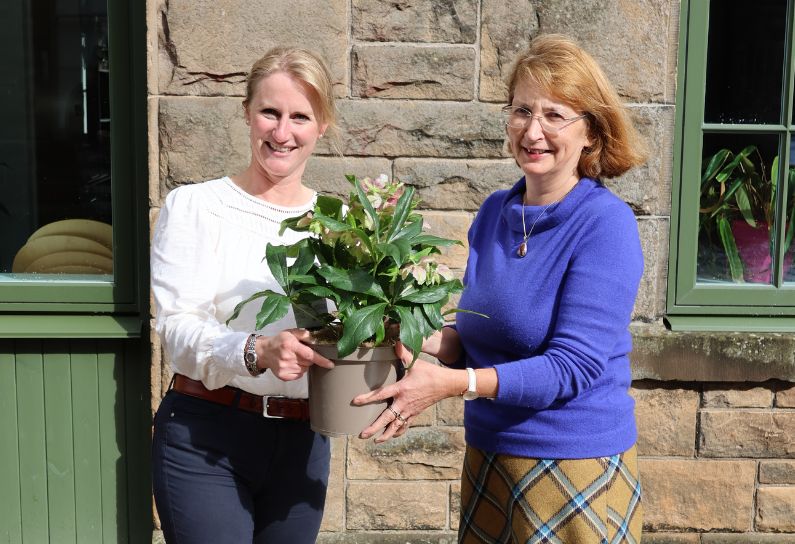
- Stirling’s Streetscape Stories: Photography Workshop

- Level 3 Award in Energy Efficiency for Older and Traditional Buildings Retrofit Course (2 Day)

- Stirlingshire’s Highland Games

- Creative careers in the heritage sector

- Postcards From Stirling

- Stirling’s Gala Days

- Building Surveying Student Intern at Stirling City Heritage Trust

- Heritage Trail: Stirling Walks

- Local History Resources

- Stirling Through the Decades

- Stirling’s STEM Pioneers

- Traditional Skills: Signwriting

- Christian MacLagan, a pioneering lady, but born too soon?

- Traditional Shopfronts in Stirling

- Stirling History Books for World Book Day

- My Favourite John Allan Building by Joe Hall

- My Favourite John Allan Building by Lindsay Lennie

- My Favourite John Allan Building by Andy McEwan

- My Favourite John Allan Building by Pam McNicol

- Celebrating John Allan: A Man of Original Ideas

- The Tale of the Stirling Wolf

- Stirling: city of culture

- Christmases Past in Stirling

- Stirling’s Historic Graveyards

- Top 10 Tips for Architectural Photography

- An Interview with David Galletly

- Springtime in Stirling

- The Kings Knot – a history

- A Future in Traditional Skills

- Robert Burns’ First Trip to Stirling

- Stirling’s Witches

- Stirling’s Ancient Wells

- An architecture student’s take on the City Of Stirling

- Ronald Walker: Stirling’s Architect

- Stirling’s Statues

- Stirling’s Wee Bungalow Shops

- Stirling’s Historic Hospitals

- Women in Digital Innovation and Construction

- Heritage at home: 8 of the best online heritage resources

- Stirling featured at virtual heritage conference

- Five of Stirling’s greatest John Allan buildings

- Women in Construction – Stirling event report

- Scotland’s trailblazing women architects

- Stirling’s Heritage: Spotlight on The Granary

- TBHC Scheme now open to properties in Dunblane and Blairlogie

- How drones help us inspect traditional buildings

- Hazardous Masonry & Masonry Falls

- Mason Bees: What’s the Buzz?

- Stirling Traditional Skills Demonstration Day Success!

- Floating Head Sculpture at Garden Glasgow Festival 1988

- The story behind Paisley Abbey’s Alien gargoyle

- Cambuskenneth Abbey

- Stirling City Heritage Trust Publications

- Sharing Memories: Taking '20 Great Buildings of Stirling' into the community

- William Wallace Statues In Stirling

- Coronations and Royal Christenings in Stirling

- The development of King's Park

- Energy efficiency project awarded grant from Shared Prosperity Fund

- Inspiring the Future: Stirling City Heritage Trust's Women in Construction Event at Wallace High

- Doors Open Days Talk: Who Built Stirling?

- 10 Years of the Traditional Buildings Health Check

- Growing up in Stirling: A Night of Reminiscence at The Smith

- SCHT visit to Brucefield Estate, Forestmill, Clackmannanshire

- Statement on Christie Clock

- Stirling’s Lost Skating Heritage

- Laurelhill House and the West Indies

- Beechwood House and the Transatlantic Slave Trade
- About Us

- Support Us

- Contact

William Wallace Statues In Stirling

William Wallace was born around 1270, a Scottish noble who would become a legend. Fighting alongside Andrew Moray (d.1297) during the First War of Scottish Independence, he defeated English troops at the Battle of Stirling Bridge in 1297, but he was ultimately defeated at the Battle of Falkirk in 1298 by Edward I (1239-1307). Wallace went on the run but was finally captured on 5th August 1305, handed-over to the English by a fellow Scot. Wallace was then transported down to London where he was tried as a treasonous war criminal. On 23rd August 1305 he met his gruesome end, being publicly hanged drawn and quartered at Smithfield. His limbs were displayed as a warning to would-be rebels in Newcastle, Berwick, Stirling and Perth, and his tar-dipped head was put on a spike on London Bridge.
Although he most likely wasn’t from Stirlingshire, William Wallace is linked to Stirling by the Battle of Stirling Bridge and the city’s built heritage. His famous victory was commemorated in 1869 when the National Wallace Monument was erected near the Stirling Bridge Battlesite after a fundraising campaign. The Monument is now a Category A Listed heritage attraction. A bronze sculpture of Wallace sits in a niche on the north west corner of the Monument, created by David Watson Stevenson (1842-1904). Installed in the early 1870s, the sculpture is 6m tall and weighs 2.5 tonnes. After over 100 years exposed to the elements on Abbey Craig the statue was carefully restored in 2019.
But this isn’t the only historic sculpture of William Wallace in Stirling, he can be found throughout the city centre, so we’ve highlighted some places to spot him in this blog.
The Athenaeum
The Athenaeum is built on the site of the former meat market and opened in 1817. It had a ground floor shop, private library, reading room and meeting rooms for Stirling’s merchants and people could pay an annual subscription to borrow books. From 1875 to 1918 it was used as Stirling Burgh offices until the Municipal Buildings were completed.
The statue of William Wallace above the portico was added in 1859, created by renowned sculptor Handyside Ritchie (1804-1870). Rev Charles Rogers, who proposed the idea of the National Wallace Monument, wanted to buy the statue and persuaded a local businessman to pay for it. He then managed to talk the council into building the Athenaeum’s portico so that the statue could be placed on top of it. He must have been very convincing!
The Municipal Buildings
Designed by J Gaff Gillespie (1870-1926) of Salmon, Son & Gillespie, works started on the Municipal Building in 1914 after King George IV laid the foundation stone. By 1918 the building was only partially completed as works were interrupted by the First World War. Look above the central entrance to see statues of Mary Queen of Scots, Robert the Bruce, and William Wallace himself.
Former Clydesdale Bank Building
Purpose built for the Clydesdale Bank by James Thomson (1835-1905) of Baird & Thomson in 1900, this building is covered in sculptures. See if you can spot the heads of James V, Mary Queen of Scots, William Wallace and Robert the Bruce. Art, science and culture are also represented by sculptures of Michael Angelo, James Watt and Mozart. A unicorn, Scotland’s national animal, is also perched high on a finial.
This building symbolises the wealth of King Street in the 19th century. King Street was originally known as Quality Street (unfortunately nothing to do with the sweets) and was renamed King Street in honour of George IV.









